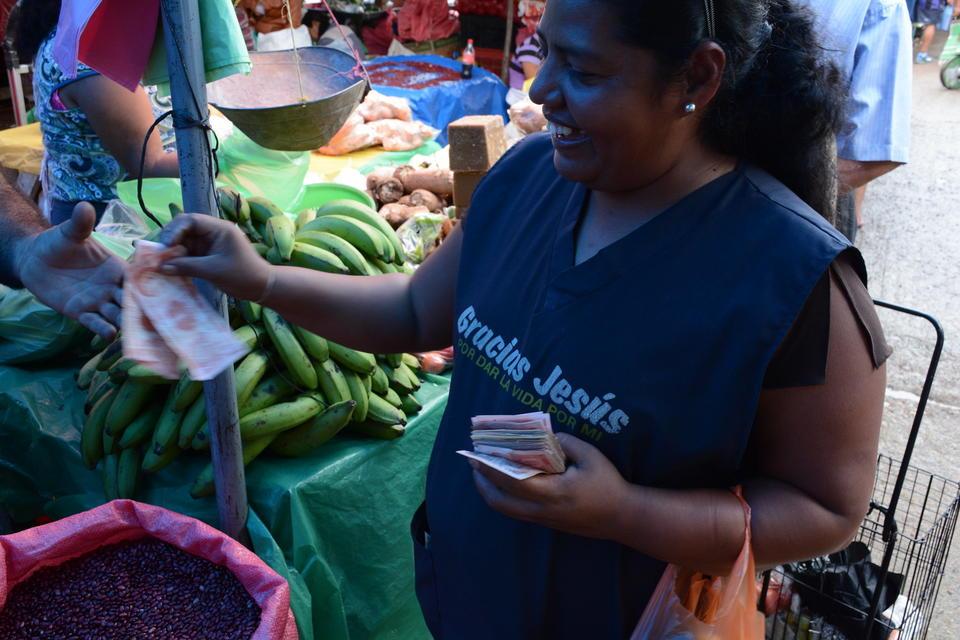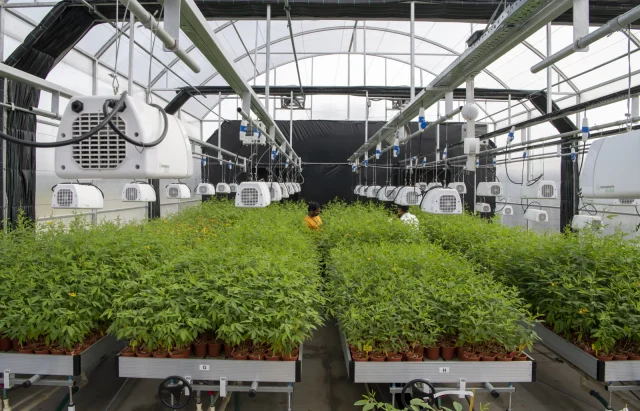Achieving Economic Balance with Regenerative Agriculture
- From
-
Published on
01.11.24
- Impact Area

In the face of climate change, soil degradation and food insecurity, regenerative agriculture has emerged as a transformative approach to farming. Unlike conventional methods that often focus on maximizing yields at any cost, regenerative agriculture seeks to improve soil health, enhance biodiversity and sequester carbon, all while creating sustainable financial opportunities for farmers.\
This article explores how regenerative agriculture contributes to achieving economic balance that benefits farmers, consumers, and the environment. First, we will examine the principles of regenerative agriculture, the economic challenges of conventional farming, the economic potential of regenerative agriculture, the role of consumer demand, the role of governments and policymaking, and challenges to be addressed for the sustainable upscaling of regenerative agriculture that works both for the economy and for the planet.
Related news
-

ICRISAT to Deliver World-Class Services as CGIAR’s Breeding Resources South Asia Hub
International Crops Research Institute for the Semi-Arid Tropics (ICRISAT)07.07.25-
Biodiversity
-
Food security
Strategic collaboration to scale innovation and deliver harmonized, high-quality support across CGIA…
Read more -
-

ICRISAT to deliver world-class services as CGIAR's Breeding Resources South Asia Hub
Breeding for Tomorrow07.07.25-
Nutrition, health & food security
Strategic collaboration to scale innovation and deliver harmonized, high-quality support across CGIA…
Read more -
-

Scaling nutrition impact: Schools serve up High-Iron Beans
The Alliance of Bioversity International and the International Center for Tropical Agriculture (CIAT)03.07.25-
Nutrition, health & food security
Iron-rich beans can be integrated into consumers’ diets to enhance nutrition and cognitive functio…
Read more -
